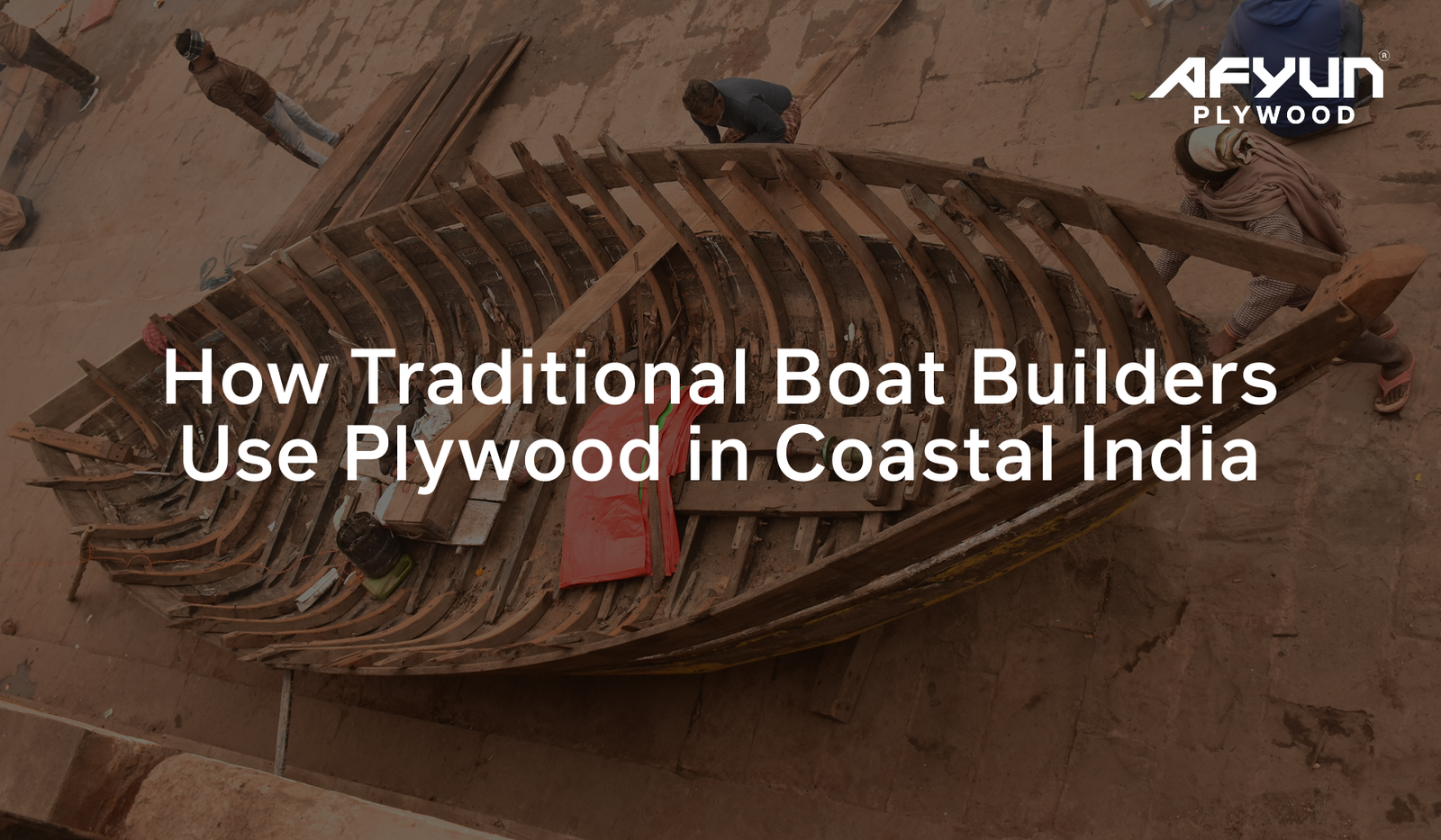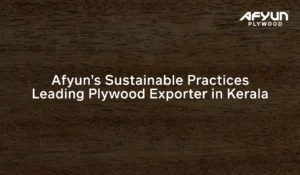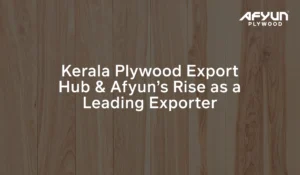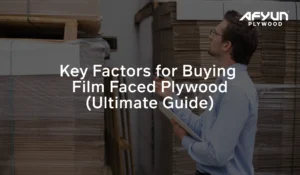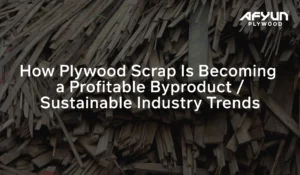India’s 7,500-kilometer-long coastline has nurtured centuries of maritime traditions. From Kerala’s dugout canoes to Tamil Nadu’s catamarans, generations of artisans have relied on indigenous knowledge to build boats perfectly suited to their coastal environments.
But as timber became scarce and fishing practices evolved, traditional boatbuilders turned to a new material—plywood.
The introduction of marine-grade plywood has brought a quiet revolution to small boatyards along India’s shores. It combines durability, accessibility, and ease of use while allowing craftsmen to retain the essence of their traditional designs.
The Shift from Timber to Plywood
Traditional Materials and Their Challenges
For centuries, boatbuilders used locally available hardwoods like teak (Tectona grandis), vaagai (Albizia lebbeck), and aini (Artocarpus hirsutus). These timbers were valued for their strength, density, and resistance to decay.
However, the later decades of the 20th century brought significant challenges:
- Deforestation and restrictions reduced access to quality hardwoods.
- Rising costs of large, knot-free timber logs placed financial strain on small-scale fishermen.
- Long curing periods for timber delayed construction.
These factors made it necessary to explore alternatives that could meet the demands of coastal fisheries without compromising on performance.
The Emergence of Plywood
Plywood, especially marine-grade plywood, emerged as a practical solution. Its advantages include:
- Dimensional stability, minimizing warping and shrinkage.
- Availability in uniform, large sheets.
- Cost-effectiveness compared to hardwood.
- Compatibility with both traditional carpentry tools and modern adhesives.
This transition enabled faster production and made fishing boats more affordable for artisanal communities.
Marine-Grade Plywood: Why It Works for Boats
What Sets Marine Plywood Apart?
Marine plywood is engineered to perform in harsh, moisture-laden environments. Manufactured using high-density hardwood veneers bonded with waterproof phenolic resin, it meets stringent standards like IS 710:1976 in India.
Key attributes include:
- Resistance to water and fungal decay.
- Smooth surface, ideal for painting and sealing.
- High strength-to-weight ratio, allowing for lighter vessels without compromising structural integrity.
Grades and Their Applications
- BWP (Boiling Water Proof): Preferred for critical structural components exposed to constant water contact.
- BWR (Boiling Water Resistant): Used for interiors or sheltered boat parts.
Integrating Plywood into Traditional Boatbuilding
Stitch-and-Glue Construction
This technique has become popular among coastal boatyards:
- Marine plywood sheets are cut to size based on boat plans.
- Panels are stitched together temporarily using copper wire or nylon ties.
- Joints are sealed with epoxy resin and reinforced with fiberglass tape.
- The boat is then sanded, painted, and fitted out.
This method allows for lightweight, durable boats with fewer internal frames, making them easier to handle and maintain.
Ply-Vallam and Kottarkat: Tradition Meets Innovation
In Kerala and Tamil Nadu, traditional fishing boats such as the vallam and kottarkat have been reimagined using plywood. These adaptations offer better speed and stability and are particularly well-suited for motorized fishing in shallow waters and surf zones.
Impact on Coastal Communities
Economic and Social Benefits
Marine plywood has made boatbuilding more accessible and affordable for small-scale fishermen:
- Lower material costs and faster construction timelines.
- Easier repairs at the community level, reducing dependence on centralised boatyards.
- Sustained livelihoods for local artisans adapting to modern demands.
Maintenance Considerations
While marine plywood is highly resistant to moisture, regular maintenance is still crucial. Boats require periodic painting and sealing to ensure longevity, but repairs are generally straightforward.
Case Study: SIFFS and Plywood Adoption
The South Indian Federation of Fishermen’s Societies (SIFFS) has been instrumental in popularizing marine plywood boats in Kerala and Tamil Nadu. By involving fishermen in the design process and training them in modern construction techniques, SIFFS ensured that these vessels met local needs while offering improved performance and affordability.
Conclusion
The transition from traditional timber to marine-grade plywood reflects the adaptability of India’s coastal boatbuilding communities. By embracing modern materials and methods, artisans have preserved their craft while meeting the changing needs of small-scale fisheries.
Whether for fishing, transportation, or recreation, the success of plywood in boatbuilding highlights the importance of choosing the right material for the right application—strong, reliable, and suited to withstand the elements.
At Afyun, we understand the value of high-performance materials. Our range of premium plywood solutions is trusted by professionals across industries where durability and quality cannot be compromised.
Discover how Afyun can support your next project—because the right plywood makes all the difference.
Other Locations
Plywood Suppliers in Kerala | Plywood Suppliers in Bangalore | Plywood Suppliers in Chennai | Plywood Suppliers in Hyderabad | Plywood Manufacturers in Mangalore | Plywood Manufacturers in Coimbatore | Plywood Manufacturers in Tamilnadu | Plywood Manufacturers in Mysore | plywood manufacturers in india | Plywood Manufacturers in Kerala | Plywood Manufacturers in Bangalore | Plywood Manufacturers in Chennai | Plywood Manufacturers in Hyderabad
